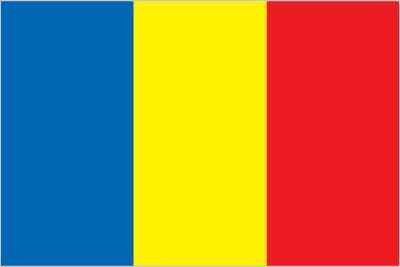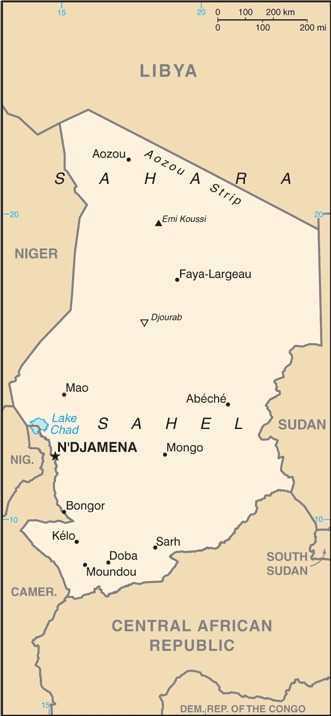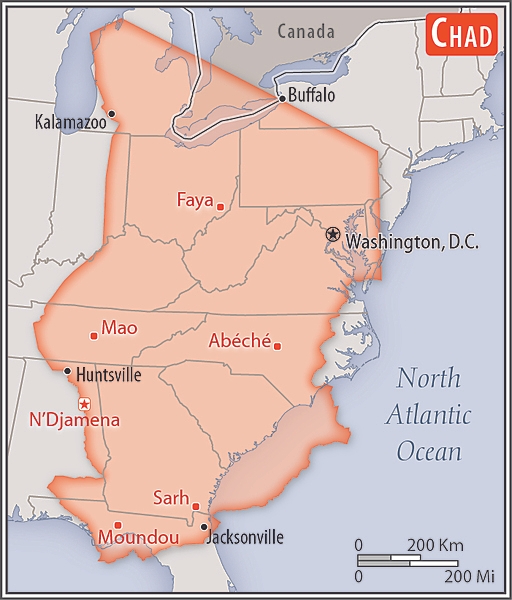Introduction
Visit the Definitions and Notes page to view a description of each topic.
Geography
People and Society
Population
comparison rankings: total 65; male 65; female 65
Median age
comparison ranking: total 225
Population growth rate
comparison ranking: 8
Birth rate
comparison ranking: 7
Death rate
comparison ranking: 60
Net migration rate
comparison ranking: 101
Maternal mortality ratio
comparison ranking: 2
Infant mortality rate
comparison ranking: total 7
Life expectancy at birth
comparison ranking: total population 222
Total fertility rate
comparison ranking: 6
Obesity - adult prevalence rate
comparison ranking: 171
Alcohol consumption per capita
comparison ranking: total 162
Tobacco use
comparison ranking: total 154
Children under the age of 5 years underweight
comparison ranking: 19
Education expenditure
comparison ranking: Education expenditure (% GDP) 145
Environment
Carbon dioxide emissions
comparison ranking: total emissions 159
Government
Economy
Real GDP (purchasing power parity)
comparison ranking: 125
Real GDP growth rate
comparison ranking: 89
Real GDP per capita
comparison ranking: 202
Inflation rate (consumer prices)
comparison ranking: 173
GDP - composition, by sector of origin
comparison rankings: agriculture 12; industry 56; services 205
Industrial production growth rate
comparison ranking: 43
Labor force
comparison ranking: 71
Unemployment rate
comparison ranking: 6
Youth unemployment rate (ages 15-24)
comparison ranking: total 186
Gini Index coefficient - distribution of family income
comparison ranking: 58
Reserves of foreign exchange and gold
comparison ranking: 142
Debt - external
comparison ranking: 93
Energy
Electricity
comparison rankings: installed generating capacity 178; consumption 185; transmission/distribution losses 50
Energy consumption per capita
comparison ranking: 191
Communications
Telephones - fixed lines
comparison ranking: total subscriptions 203
Telephones - mobile cellular
comparison ranking: total subscriptions 84
Broadband - fixed subscriptions
comparison ranking: total 213




